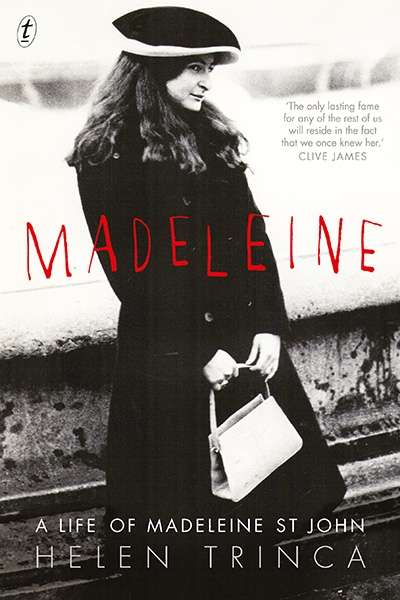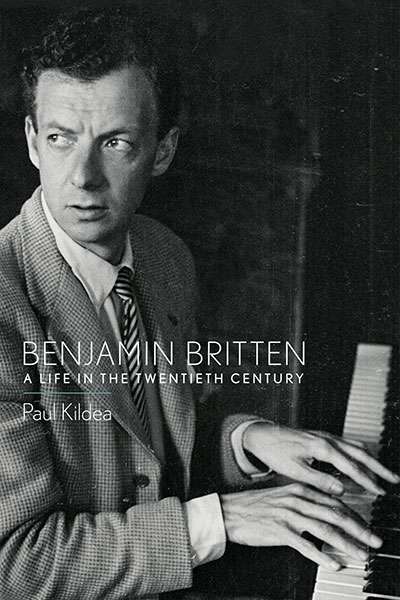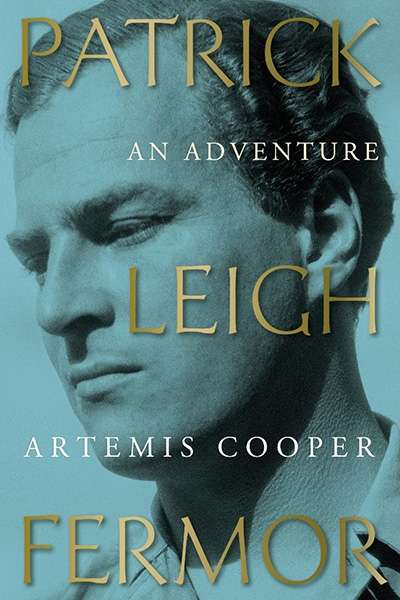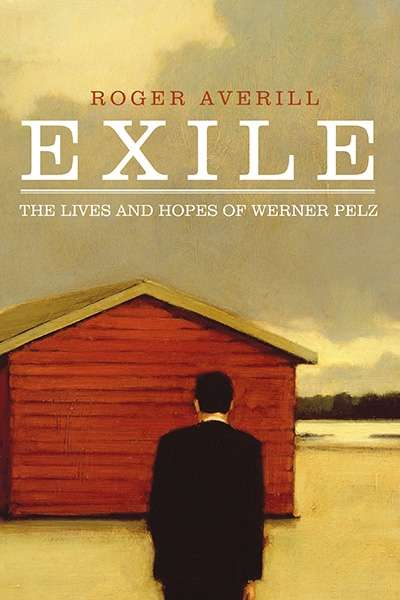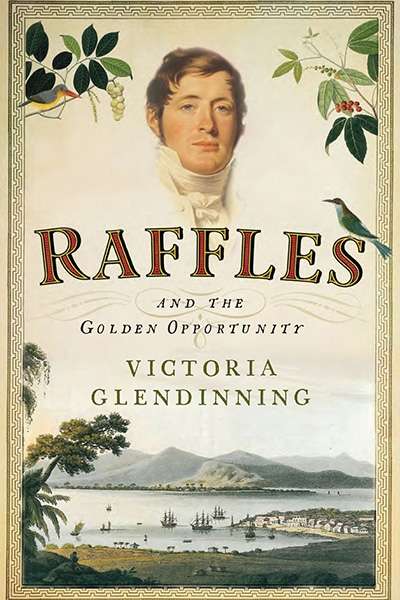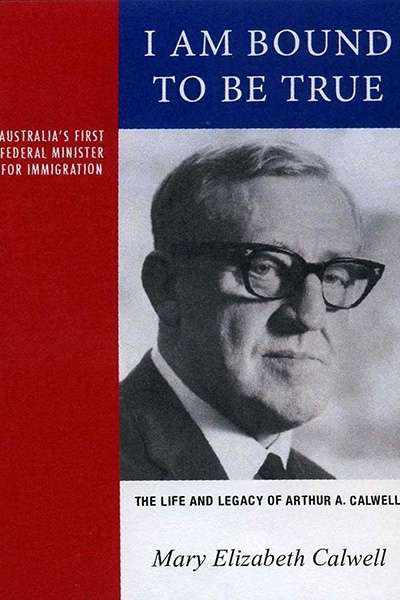Biography
Wotan’s Daughter: The Life of Marjorie Lawrence by Richard Davis
by Ian Dickson •
The Love-charm of Bombs: Restless Lives in the Second World War by Lara Feigel
by Jane Sullivan •
Inside the Centre: The Life of J. Robert Oppenheimer by Ray Monk
by Harry Oldmeadow •
Benjamin Britten: A Life in the Twentieth Century by Paul Kildea
by Jeffrey Tate •
Raffles and the Golden Opportunity, 1781–1826 by Victoria Glendinning
by Paul Madden •
I Am Bound to be True: The Life and Legacy of Arthur A. Calwell, 1896–1973 by Mary Elizabeth Calwell
by Lyndon Megarrity •





